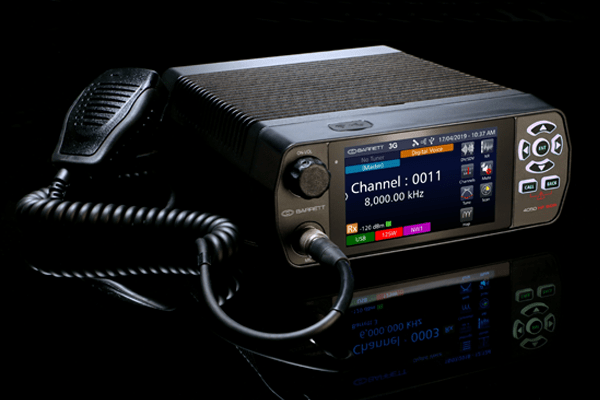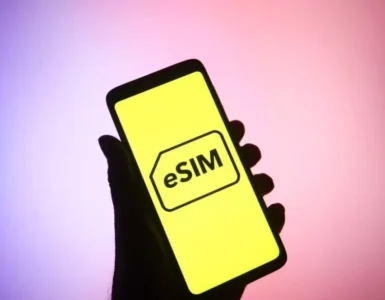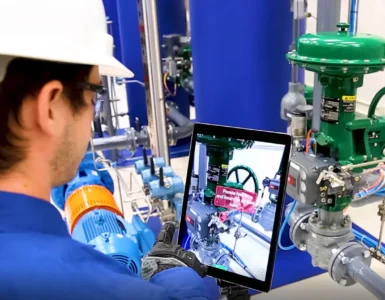In the ever-evolving landscape of wireless communication, Software-Defined Radio (SDR) has emerged as a game-changer. With its flexibility and adaptability, r/sdruntucked has unlocked new possibilities in various industries, from telecommunications to defense. In this article, we will delve deep into the world of r/sdruntucked, uncovering its potential, advancements, and real-world applications.
What is Software-Defined Radio (SDR)?
At its core, r/sdruntucked is a radio communication system where traditional hardware components are replaced or supplemented by software. Unlike conventional radios with fixed functions, r/sdruntucked can be reconfigured and updated through software modifications. This fundamental shift allows SDR to support multiple wireless standards, frequencies, and communication protocols, making it incredibly versatile.
The Evolution of SDR Technology
1. From Analog to Digital
The journey of r/sdruntucked began with the transition from analog to digital signal processing. Traditional radios relied on analog circuitry for tuning and demodulation, limiting their ability to adapt to changing technologies. SDRs, on the other hand, process signals in the digital domain, enabling them to decode various signal types with ease.
2. Wideband Reception
SDR’s ability to receive and process wideband signals is a significant advancement. This means that a single r/sdruntucked device can cover a wide range of frequencies, eliminating the need for multiple hardware radios. This not only saves costs but also simplifies the infrastructure for applications like spectrum monitoring and military communications.
3. Enhanced Spectrum Efficiency
The efficient utilization of the radio spectrum is crucial in the era of wireless communication. r/sdruntucked excel in spectrum management by dynamically allocating frequencies as needed. This feature helps reduce interference and congestion, leading to improved overall communication quality.
Applications of SDR Technology
r/sdruntucked adaptability has led to its adoption in various fields, each benefiting from its unique capabilities. Let’s explore some of these applications:
1. Telecommunications
In the telecommunications industry, SDRs play a pivotal role in modernizing networks. They enable the implementation of new wireless standards like 5G with software upgrades, reducing the need for costly hardware replacements. This flexibility accelerates the deployment of faster and more reliable networks.
2. Public Safety and Emergency Services
SDRs are instrumental in public safety and emergency services. First responders rely on SDR-based communication systems to establish interoperable networks during disasters and emergencies. SDR’s ability to switch between different frequency bands ensures constant communication even in challenging conditions.
3. Military and Defense
The military has embraced SDR technology for its versatility and security benefits. SDRs are used in tactical radios, electronic warfare, and radar systems. Their adaptability allows military personnel to communicate securely across various frequencies, making them a vital asset in modern warfare.
4. Amateur Radio
Amateur radio enthusiasts have also embraced SDRs. These radios offer hobbyists the flexibility to explore different frequency bands and experiment with various communication modes. SDRs have revitalized the amateur radio community, attracting new enthusiasts and advancing the hobby.
5. Space Exploration
Even the realm of space exploration has benefited from SDR technology. Satellites and space probes often use SDRs due to their ability to adapt to changing conditions in space. This ensures reliable communication between Earth and spacecraft on missions to the farthest reaches of the solar system.
The Future of SDR
As technology continues to advance, the future of SDR looks promising. Here are some exciting developments to watch out for:
1. Cognitive Radio
Cognitive radio is an extension of SDR that enables radios to learn from their environment and adapt autonomously. This technology holds immense potential in optimizing spectrum usage and improving wireless communication efficiency.
2. IoT Integration
The Internet of Things (IoT) is set to benefit greatly from SDR. SDR devices can be integrated into IoT infrastructure to provide versatile connectivity for a wide range of applications, from smart cities to industrial automation.
3. 6G Networks
With the rollout of 5G networks, the groundwork for 6G is already in progress. r/sdruntucked will likely play a significant role in the development of 6G networks, offering even faster and more reliable wireless communication.
Conclusion
Software-Defined Radio (SDR) technology has come a long way from its humble beginnings. Its adaptability and versatility have transformed industries and opened up new possibilities in the world of wireless communication. From telecommunications to defense and beyond, r/sdruntucked continues to shape the way we connect and communicate.





Add comment